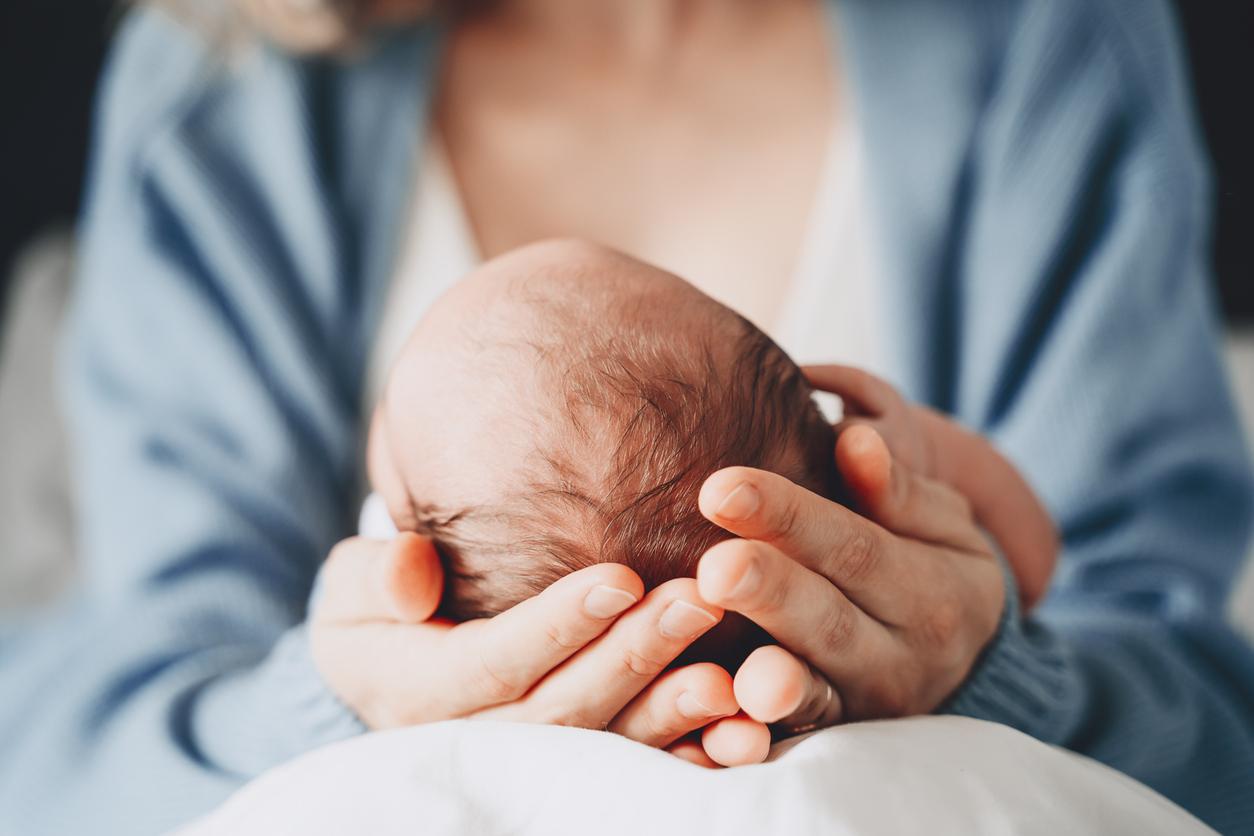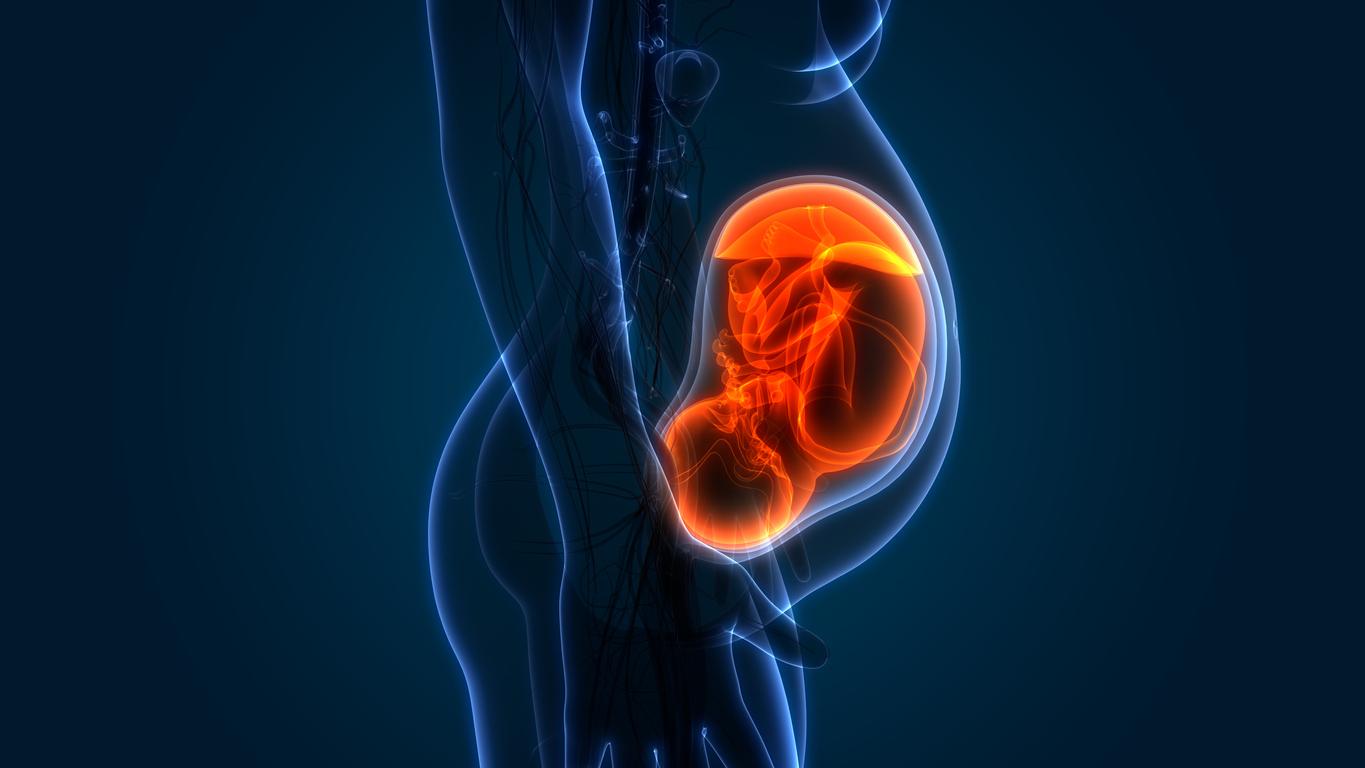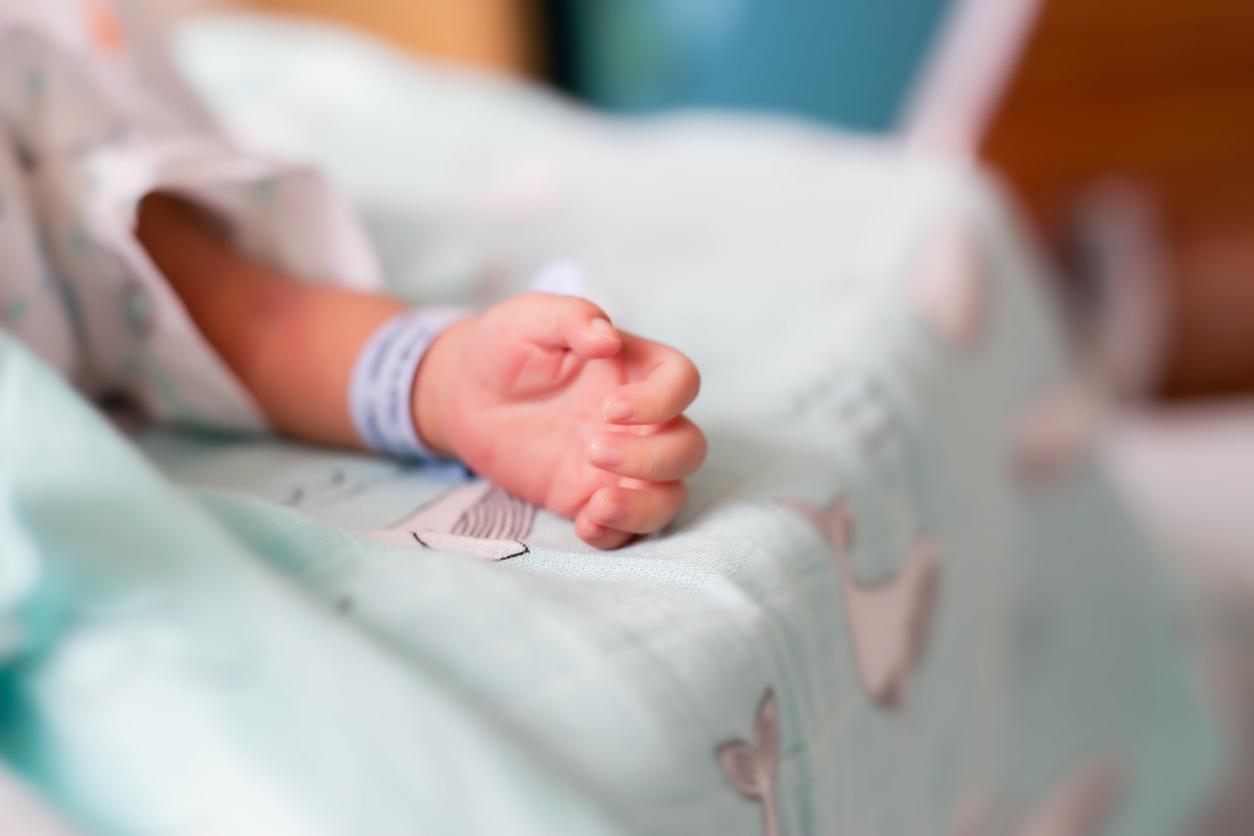At birth, some babies have more hair than others. This down, called lanugo, disappears within a few weeks.

- Some babies are born covered in down, called lanugo.
- These hairs have an important role in the development of the fetus and generally disappear after 37 weeks of pregnancy.
- Premature babies are often born with this fluff, then lose it within a few weeks.
Baby skin is often known for its softness, but some babies are covered in a little hair at birth. Named lanugo, it generally covers the entire body, except the palms of the hands and the soles of the feet.
How to explain the appearance of lanugo on the skin of infants?
Pediatrician Rajyalakshmi Rambhatla, from Cleveland Clinic in the United States, explains that this down corresponds to fine hairs that develop in utero. “Lanugo is a soft, fine covering of hairs essential for fetal growth and developmentspecifies Dr Rambhatla. Most fetuses lose their lanugo naturally with a gestation of 36 to 37 weeks, which is why we don’t usually see it in full-term babies“The presence of this down is not correlated with hair growth in adulthood. In most cases, it begins to develop after three months of pregnancy.”The growth of lanugo usually begins on the forehead area and spreads until the body is covered.”he elaborates.
Pregnancy: what is lanugo used for?
This down is essential for the development of the fetus because it allows the vernix to cling to the skin. This white, viscous substance helps the fetus maintain a normal body temperature, and it also prevents water loss, allowing it to stay hydrated. This material also plays a protective role, preserving the fetal skin from amniotic fluid, essential for its development but harmful to the epidermis. “When the lanugo passes through the amniotic fluid, the little hairs vibrate, emphasizes Dr Rambhatla. These vibrations send messages that stimulate fetal growth. Once the lanugo begins to disappear Naturally at the end of the pregnancy, this sends a signal that the growth process may slow down.”
Baby hairs: lanugo disappears naturally at the end of pregnancy
For this reason, premature babies, born at 36 weeks for example, generally still have their lanugo at birth. “It falls off as the baby approaches full-term development.”, warns the doctor. On the other hand, you should absolutely not try to remove it with hair removal, especially since babies’ skin is more fragile than that of adults. “You do not need to provide any special care for lanugo other than bathing your baby with a gentle cleanser designed for infants“, advises this specialist.
Baby Hair Loss: Should You Be Worried?
He adds that some babies are born with a head of hair, then later go bald. But these hairs are not the same type as lanugo, and their loss can be explained by another factor. “Babies may lose some or all of the hair on their heads due to a natural drop in hormonessays Dr Rambhatla. At about 3 months, the hormones a baby received from their mother are gone, and sometimes they take the hair with them. But their hair will grow back in a few weeks.” This may leave a hairless area at the back of the head, but again, the hair will return naturally. The pediatrician reminds that it is “normal to have questions when a baby is born, even if you have other children“.”Don’t be afraid to speak up if you have concerns about your baby’s well-beingadvises the pediatrician. We are here to support you.”

















